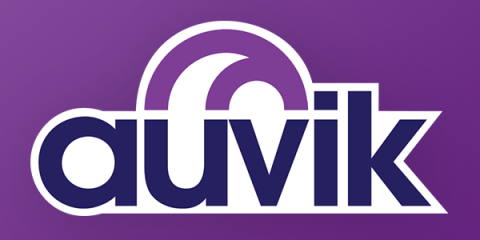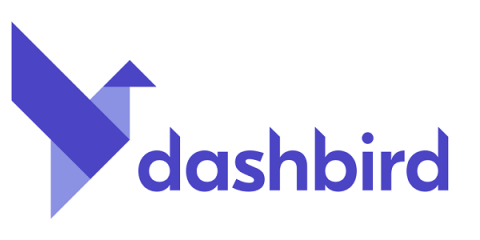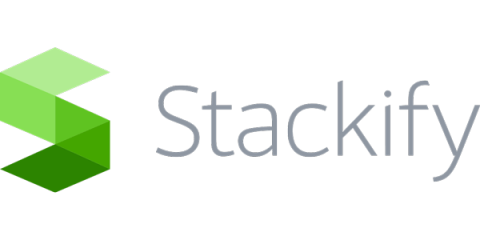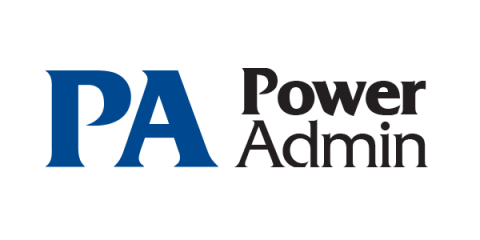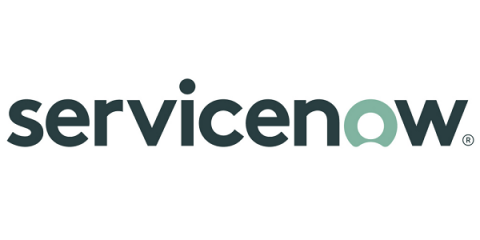Operations | Monitoring | ITSM | DevOps | Cloud
Latest News
Announcing the LogDNA Configuration API Beta
We’re excited to announce the launch of the LogDNA Configuration API, expanding on our existing API to allow users to manage their Views and Alerts programmatically. Use the new Configuration API to increase automation on LogDNA’s logging platform.
How to collect Prometheus metrics and store them anywhere (with Sensu!)
As my co-founder Caleb Hailey likes to say, collecting monitoring and observability data is essentially a solved problem. The only remaining challenges are related to getting that data where you want it to go. When dealing with different formats — say, collecting Prometheus metrics and storing them in Elasticsearch — this can be a non-trivial problem. Put simply, it’s like trying to put a square peg into a round hole.
Digital Retail Tips: Reduce Downtime on Black Friday (and Cyber Monday)
How Dashbird Atlas Accelerates Serverless Observability
Share When it comes to serverless applications, their distributed nature of exponential scalability and use of potentially thousands of resources automatically begs the need for observability. Using the mass data output of an application to understand and optimize the internal states is a game-changing strategy, but only if used well. Dashbird Atlas takes serverless observability to a new level, reducing excessive noise through simple visualization of your application.
The Best Tools for Building Progressive Web Apps
The year 2015 was marked by a new paradigm shift in web development. Google introduced Progressive Web Applications and JavaScript libraries and frameworks, such as React.js, Angular.js or Vue.js, created new development methodologies. By 2020, the web environment is flooded with PWAs based on reactive programming and built with cutting-edge frameworks.
PA Server Monitor Basics & Getting Started Guide
PA Server Monitor is our flagship product that was designed with the end-user in mind. It is the easiest server monitoring solution to install and use. Once installed, our PA Server Monitor is designed to provide agentless server monitoring to track and monitor various server aspects. The software application includes features that allow you to customize and configure alerts via email or text messaging.
What You Need to Know About Serverless Security
Developers at Airbnb, BBC, Netflix, and Nike all share something in common: They’re using serverless computing to ship new products and features faster than ever. And they represent a growing trend. As businesses compete to quickly deliver customer value, a whopping 60% of enterprises have already adopted, or are planning to use, serverless architectures.
How to build a risk-informed business
At the advent of the pandemic, how prepared was your organization to support customers and employees? Or to continue delivering critical products and services? How adaptable and effective was its technology, workforce, and supply chain? As the COVID era has shown, resilience can’t be summoned overnight. It requires business and technology transformation.
ServiceNow Introduces New Operational Risk and Resilience Capabilities for the Enterprise
In today’s environment, organizations face increasing risk amid the pandemic and continued economic, geopolitical, and climate change-driven disruption. As a trusted partner to companies as they focus on mitigating operational risk, ServiceNow is pleased to announce new Operational Risk Management and resilience capabilities for the enterprise that will help companies manage operational disruption.


